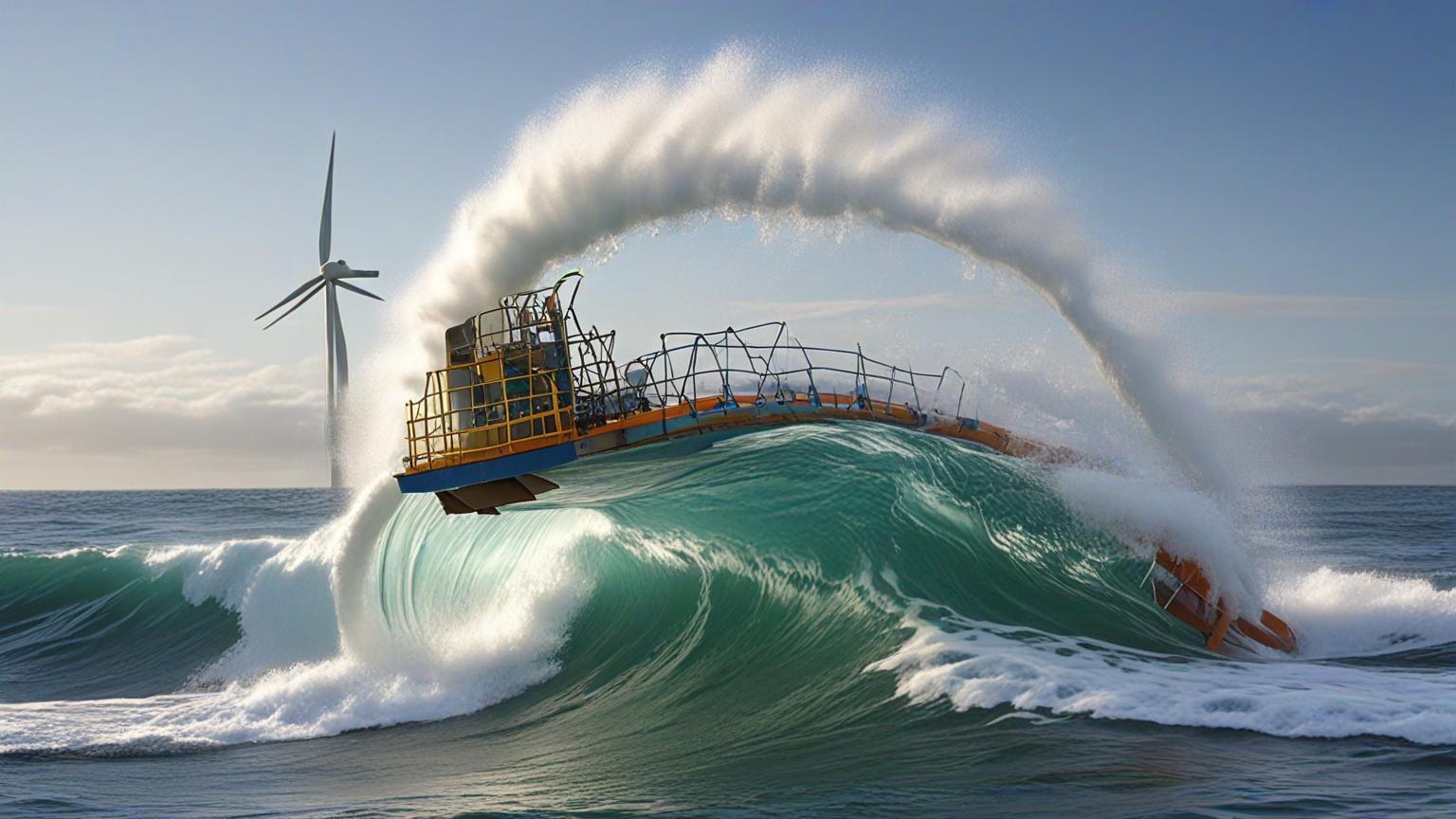Amid the crescendoing discourse on renewable energy, wave energy emerges as a captivating yet underexplored frontier. This nascent sector promises an enchanted marriage of technology and nature, harnessing the ocean's eternal rhythm to produce sustainable power.
The genesis of wave energy lies in the constant winds sweeping across vast oceanic expanses, transferring energy to the water surface. The result is waves—a form of kinetic energy that ebbs and flows along shorelines worldwide. Unlike solar and wind, which fluctuate with weather conditions, waves are omnipresent, tirelessly lapping at coastlines, regardless of time and weather.
To date, the principal players in the renewable energy scene—solar and wind—have overshadowed the stupendous potential of wave energy. Yet, given that oceans cover over 70% of Earth's surface, harnessing just a fraction could power entire nations.
Advancements in wave technology have been gradual but significant. Projects are springing up across globe, from Scotland's rugged coastal lines to Australia’s vast open seas. Ingenious innovations—bobbing buoys, oscillating water columns, and point absorbers—are at the forefront, converting wave motion into electrical energy.
A milestone achievement is the deployment of the world's first commercial-scale wave farm in Portugal. Here, slender, serpent-like machines ride the waves, registering energy transformations that power thousands of homes.
Despite promising prospects, the wave energy sector is not without its barriers. Costs remain a pivotal hurdle, driven by expensive technologies and gripping concerns about environmental impact. As marine conditions impose a relentless challenge, wave energy systems must endure and adapt to saltwater corrosion and extreme weather conditions.
Regulatory intricacies further complicate the expansion of wave energy. Navigating the bureaucratic labyrinth requires tenacity and innovation. However, with stakeholders and governments expressing heightened interest, legislation is gradually sculpting a conducive space for its growth.
The environmental benefits remain an irresistible allure. With zero emissions and negligible land usage, wave energy could advance global efforts to curb greenhouse gas emissions and combat climate change.
Tech enthusiasts envision a future where hybrid power plants integrate wave energy with solar and wind, creating a balanced grid where various renewable forces complement each other, ensuring consistency and abundance.
For coastal communities, wave energy presents not only a green power source but also an opportunity for economic revitalization. It can spawn new sectors in marine jobs while bolstering regional energy independence.
As we look to the future, the receiving line for wave energy seems promising. Backed by increasing investment, technological maturation, and global urgency to transition to cleaner energy sources, wave energy stands on the brink of a new era. The symphony of waves—once heard only in leisure—might soon orchestrate the soundtrack of sustainable living.
The untapped potential of wave energy: Turning tides into power

